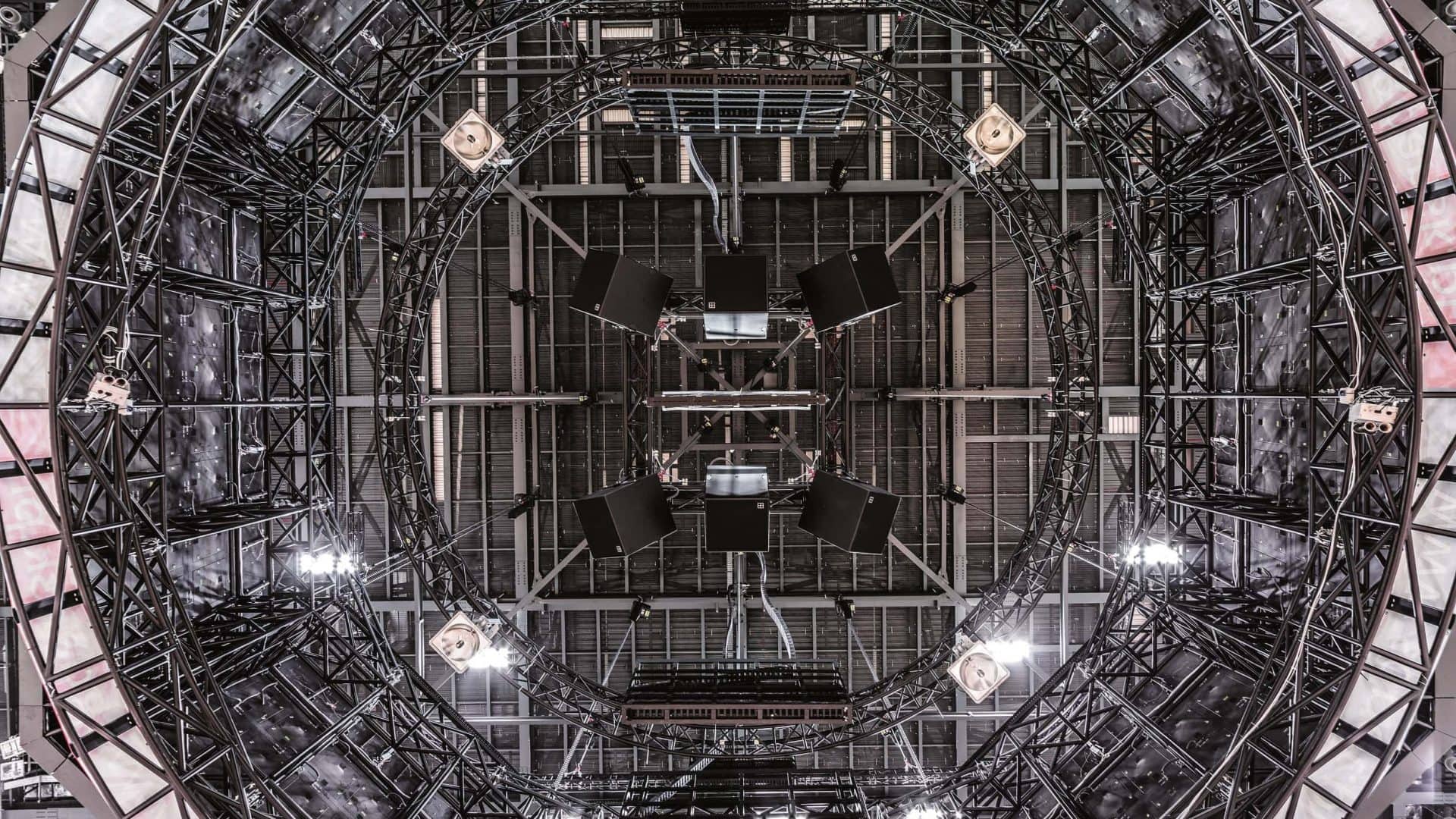Ferrovial
La ingeniería civil como arte: creatividad e innovación
Foundations
by Robert Mair
Civil Engineering as an Art: Creativity and Innovation
It is a great pleasure to be writing in this comprehensively illustrated book of recent civil engineering projects, undertaken in many parts of the world by Ferrovial. The book beautifully illustrates the wide range of infrastructure covered by civil engineering—from airport terminals and bridges to highway schemes, buildings, and tunnels.
All of these projects have required considerable creativity and innovation. Despite the image of civil engineering in the eyes of the general public—all too often depicted only by hard hats and cranes—it actually involves a substantial amount of creative thinking.
It was the art of engineering, and the creativity that went with it, that so inspired our predecessors many years ago. Recently the Institution of Civil Engineers (ICE) celebrated its two hundredth anniversary. In 1818 at a coffee house in London three young creative engineers organized a meeting that would see the granting of a charter a decade later; within two centuries a global institution had been created with a total membership of over ninety thousand. It is remarkable that two hundred years ago these three young engineers established the ICE as the world’s first professional engineering body. Their vision was to create an environment in which engineers could maximize their creativity and innovation and share knowledge.
Civil engineers can be proud to say that their profession has a great history of transforming lives. In the words of the ICE charter, civil engineering is “the art of directing the great sources of power in nature” to improve society. It is a great profession, with an inspiring legacy that is seen around the world—a legacy that has been hugely creative and innovative, shaping the modern landscape, and the modern way of life.
In the twenty-first century, much of this legacy is now taken for granted in the form of modern infrastructure. In the developed world this infrastructure is now the norm. It no longer shocks and excites the way it did in the past, although some of the more inspirational new architecture can still do so. But most of the engineers of the nineteenth century were innovators and revolutionaries who built a world of steam and steel and were driven by a vision that many of their contemporaries did not share. They were game-changers. They used their creative skills and imagination to stand up to the challenges of their time. Whether in the spheres of public health, education, or the economy, they saw infrastructure as a cure to social ills.
Their engineering brought sanitation to urban areas, facilitated movement between cities and across borders, stimulated economic growth, and opened up international trade. Quality of life was improved immeasurably and choices were suddenly available: people of all walks of life were being given the opportunity to become the masters of their own fate. One of the ICE’s former presidents, Joseph Bazalgette, stepped up to the public health challenges of his time caused by the use of the River Thames as an open sewer. In central London cholera epidemics plagued the population, killing just over ten thousand people in 1853 alone. These appalling cholera epidemics, combined with the “Great Stink” from the River Thames, finally mobilized the UK Parliament to act.
Bazalgette in his role as Chief Engineer of the Metropolitan Board created London’s sewer network in the 1860s, building many miles of pipes and sewers. These were deliberately much larger than necessary at the time, so as to cater to a possible growth in population. The population did indeed grow. Bazalgette’s foresight meant that not only did he virtually eliminate cholera and decrease the number of typhus epidemics that plagued London, but his system of sewers accommodated this city for 150 years without need for expansion. He transformed lives in a major way.
London’s sewage network has also started a new chapter in its design life. Whilst Bazalgette’s innovation and foresight created a system that stood the test of time for 150 years, by now the population of London has grown to around eight million, and the sewers have finally reached capacity. The response to this new challenge is the Thames Tideway Project, which will work alongside the existing Victorian system. An eight-meter-diameter tunnel, 25 kilometers long, will soon be completed beneath the riverbed all along the line of the River Thames. This will be connected to a large number of new deep shafts along the River Thames. Ferrovial is a major player in the Thames Tideway construction, which has embraced a considerable amount of creativity and innovation. The same is the case for London’s Crossrail project, which has been remarkable for its achievements, not least for Farringdon Station, which has been successfully designed and constructed in very difficult ground conditions. These demanding and technically challenging projects are illustrated in this excellent book; it has been a privilege to have been personally involved in both of them.
In order to deliver our new infrastructure we need agile engineers who are creative and plugged in to the very latest technical developments, who collaborate with colleagues across disciplines and are responsive to the changing needs of the public. We must continue to motivate a new generation of creative engineers who can draw on innovative technologies and new methods—engineers who want to face up to the challenges of society, challenge the status quo, and make a difference to our planet. There are huge science and technology developments for civil engineers to exploit: innovative sensors, data analytics, artificial intelligence, new materials, robotics, and drones. The opportunities for creativity and innovation in infrastructure construction could not be greater.
Robert Mair, Emeritus Professor, Cambridge University and former President of the Institution of Civil Engineers
